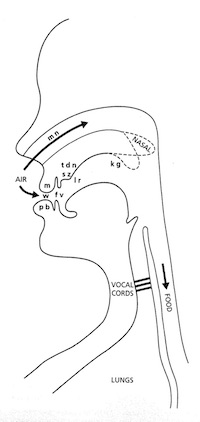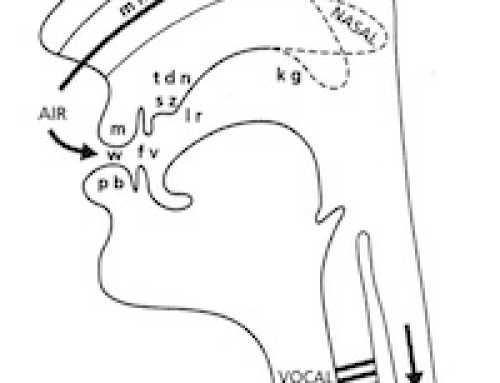Anzac Day Celebrations got me thinking about the bugle. It is one of the simplest brass instruments without any valves or pitch altering devices and yet how moving is “The Last Post”? All of the pitch control is done by the player’s facial muscles and shaping of the lips to the mouthpiece.
It is therefore limited to notes within the harmonic series and all standard bugle calls consist of only five notes. Watch the video to see just how much work a brass player’s lips, tongue, soft palate and facial muscles really do.

How different that instrument is to the piano which has 88 keys (seven octaves plus a minor third). A human’s vocal range (the span from the lowest to the highest note a particular voice can produce) is usually about three octaves, so it is somewhere between the bugle and the piano. The singer from Guns N’ Roses, Axl Rose, has a range of just under six octaves; Mariah Carey’s range is five octaves; Freddy Mercury’s range was just under five octaves. Georgia Brown, (listed in the Guinness Book of Records in 2004) still holds the record for the greatest vocal range. Hers extends to eight octaves! How incredible to think that this human’s voice has more octaves than a piano!
In humans, the vocal tract (throat, mouth and sometimes nose) is like the body of a musical instrument. It imparts its own quality or ‘timbre’ on to the sound. A pitch can sound higher or lower depending on how big or small the vocal tract is. If the throat and mouth cavities are relatively large, we perceive the voice as sounding lower pitched. If the throat and mouth are relatively small, the pitch of the voice sounds higher. Our perception of the pitch of a voice (i.e. how high or low it is) depends on two things: how fast the vocal folds are vibrating and how long/big or short/narrow the vocal tract is
At the back of your throat, the voice is simply raw sound. By the time it leaves your lips, it has been transformed into speech. The voice is turned into words by a series of precise, incredibly high speed manoeuvres. This shape-changing is done by the muscles in the wall of the throat and mouth and also by the articulators (the tongue, lips, jaw ansd soft palate).
Come and see us at Perth Adult Speech Pathology if you have any difficulty with producing speech sounds or with speaking at an appropriate pitch.






